Home>Home Appliances>Home Automation Appliances>How To Organize Breast Milk In Freezer


Home Automation Appliances
How To Organize Breast Milk In Freezer
Modified: October 20, 2024
Learn the best ways to organize breast milk in the freezer with home automation appliances. Keep your breast milk safe and easily accessible.
(Many of the links in this article redirect to a specific reviewed product. Your purchase of these products through affiliate links helps to generate commission for Storables.com, at no extra cost. Learn more)
Introduction
Are you a breastfeeding mom looking for the best way to organize your breast milk in the freezer? Properly storing breast milk is crucial to maintain its quality and ensure that it remains safe for your baby to consume. In this article, we will discuss the essential steps to organize breast milk in the freezer, including choosing the right storage containers, labeling and dating, storing breast milk in the freezer, and thawing and using frozen breast milk. Let's dive in and learn how to effectively manage and organize your precious breast milk supply.
Key Takeaways:
- Properly label and date breast milk containers to ensure organization and use the oldest milk first. This helps maintain freshness and makes it easier to manage your breast milk supply.
- When thawing frozen breast milk, avoid using direct heat and check the temperature before feeding it to your baby. Gently swirl the milk and discard any unused portion within 24 hours for safety.
Read more: How Long Can Breast Milk Be In The Freezer
Choosing the Right Storage Containers
When it comes to storing breast milk in the freezer, selecting the right storage containers is essential to maintain the quality and safety of the milk. Here are some key factors to consider when choosing the right storage containers:
- Material: Opt for BPA-free, food-grade plastic or glass containers specifically designed for storing breast milk. These materials are safe for storing breast milk and can withstand freezing temperatures without compromising the milk’s quality.
- Size: Choose containers that are the right size for your needs. Smaller containers are ideal for storing individual servings, while larger containers are suitable for storing larger quantities of breast milk.
- Sealable Lids: Ensure that the containers have secure, leak-proof lids to prevent any potential spills or contamination during storage.
- Stackable Design: Opt for containers that are stackable to maximize freezer space and keep your breast milk organized.
By considering these factors, you can select the most suitable storage containers for organizing and storing your breast milk in the freezer, ensuring that it remains safe and of high quality for your baby.
Labeling and Dating
Properly labeling and dating your stored breast milk is crucial for maintaining organization and ensuring that you use the oldest milk first. Here's how to effectively label and date your breast milk containers:
-
Use Waterproof Labels: Invest in waterproof labels or markers specifically designed for freezer use. Regular labels may not withstand the freezing temperatures and could smudge or become illegible over time.
-
Include Date and Time: Clearly label each container with the date and time when the milk was expressed. This information helps you keep track of the milk's freshness and ensures that you use the oldest milk first.
-
Add Quantity: It's helpful to include the quantity of milk in each container. This allows you to easily select the right amount of milk for your baby's needs without having to thaw more than necessary.
-
Organize by Date: When placing the labeled containers in the freezer, arrange them in chronological order, with the oldest milk at the front. This organization method makes it easier to rotate and use the milk based on its expiration date.
By following these labeling and dating practices, you can effectively manage your stored breast milk, ensuring that it remains organized and that you use it in a timely manner.
Use labeled storage bags or containers to store breast milk in the freezer. Arrange them in a single layer to freeze flat, then stack them to save space. Always use the oldest milk first.
Storing Breast Milk in the Freezer
Storing breast milk in the freezer is a crucial step in preserving its quality and ensuring that it remains safe for your baby to consume. Here's a detailed guide on how to properly store breast milk in the freezer:
-
Preparation: Before storing breast milk in the freezer, ensure that the containers are clean and sterilized. Wash your hands thoroughly and use clean, sanitized storage containers to prevent contamination.
-
Cooling Period: Allow freshly expressed breast milk to cool in the refrigerator for a few hours before transferring it to the freezer. This helps maintain the milk's temperature and prevents temperature shock in the freezer.
-
Avoid Overfilling: When pouring breast milk into storage containers, leave some space at the top to account for expansion during freezing. Overfilling the containers can lead to leaks and potential loss of milk.
-
Freezer Placement: Place the labeled and dated breast milk containers in the back of the freezer, where the temperature remains the most consistent. Avoid storing breast milk in the freezer door, as it is subjected to temperature fluctuations when the door is opened and closed.
-
Temperature Control: Ensure that your freezer maintains a consistent temperature of 0°F (-18°C) or lower. Fluctuating temperatures can compromise the quality of the stored breast milk.
-
Avoiding Cross-Contamination: Store breast milk away from raw meats and other potential sources of contamination. Keep the milk in a designated area of the freezer to prevent cross-contamination.
By following these steps, you can effectively store your breast milk in the freezer, maintaining its quality and ensuring that it remains safe for your baby to consume when needed.
Thawing and Using Frozen Breast Milk
Thawing and using frozen breast milk requires careful consideration to maintain its nutritional value and safety for your baby. Here's a detailed guide on how to properly thaw and use frozen breast milk:
-
Thawing Methods: There are several safe methods for thawing frozen breast milk. The recommended methods include placing the frozen breast milk in the refrigerator overnight or using warm water to thaw it. Avoid using a microwave to thaw breast milk, as it can create hot spots that may scald your baby's mouth and destroy the milk's beneficial properties.
-
Gentle Thawing: When using warm water to thaw frozen breast milk, place the sealed container in a bowl of warm water. Avoid using hot water, as it can cause the milk to lose some of its nutritional content. Swirl the container occasionally to ensure even thawing.
-
Avoiding Direct Heat: Never thaw frozen breast milk by directly heating it on the stove or in the microwave. Direct heat can destroy the milk's beneficial antibodies and nutrients, reducing its overall quality.
-
Checking Temperature: Once the breast milk is thawed, check the temperature by placing a few drops on the inside of your wrist. It should feel lukewarm, not hot. If the milk is too warm, allow it to cool to a safe temperature before feeding it to your baby.
-
Using Thawed Milk: Thawed breast milk can be used within 24 hours if stored in the refrigerator. Once thawed, gently swirl the container to mix the milk layers, as the fat may separate during storage. Avoid shaking the milk vigorously, as this can break down its beneficial components.
-
Discarding Unused Milk: If your baby does not consume all the thawed breast milk within 24 hours, it is recommended to discard the remaining milk. This helps prevent the risk of bacterial contamination and ensures that your baby consumes fresh, safe milk.
By following these guidelines for thawing and using frozen breast milk, you can ensure that your baby receives the full nutritional benefits of the milk while maintaining its safety and quality.
Frequently Asked Questions about How To Organize Breast Milk In Freezer
Was this page helpful?
At Storables.com, we guarantee accurate and reliable information. Our content, validated by Expert Board Contributors, is crafted following stringent Editorial Policies. We're committed to providing you with well-researched, expert-backed insights for all your informational needs.
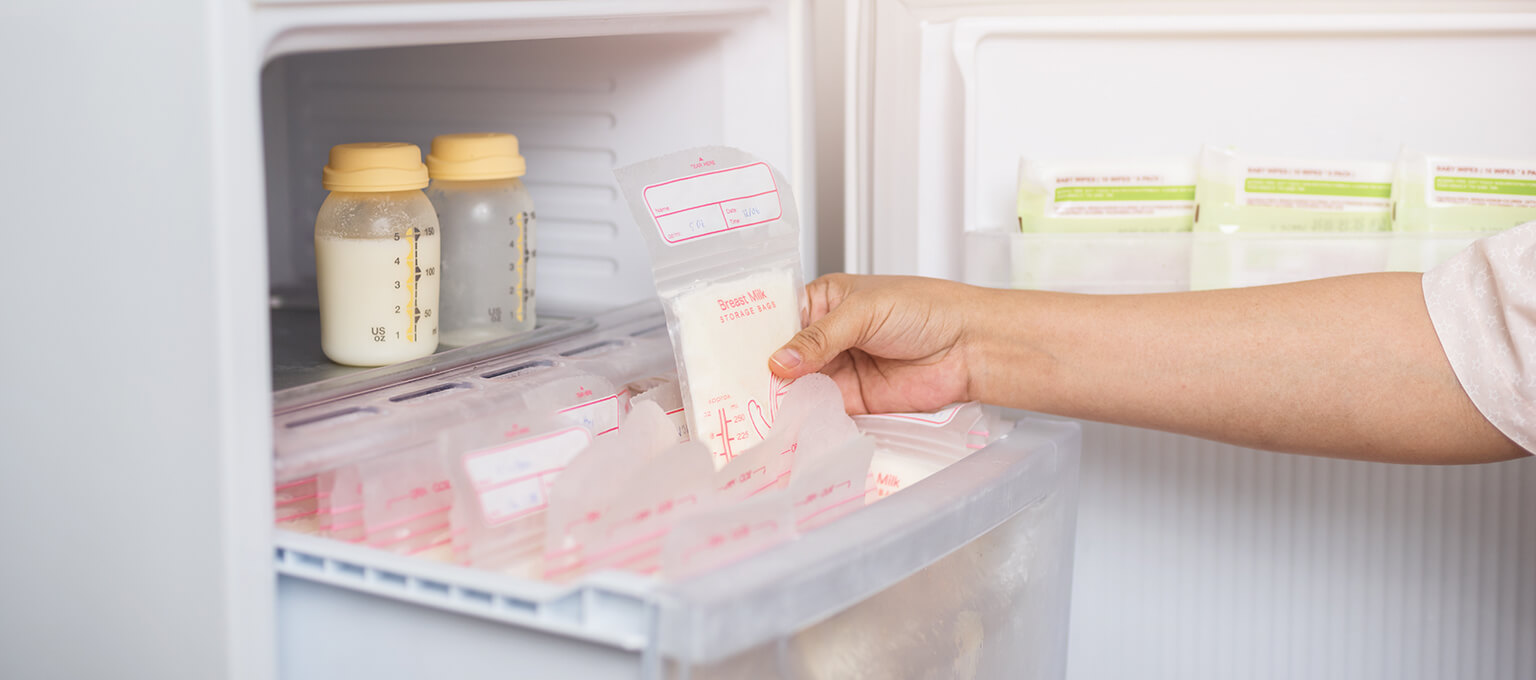

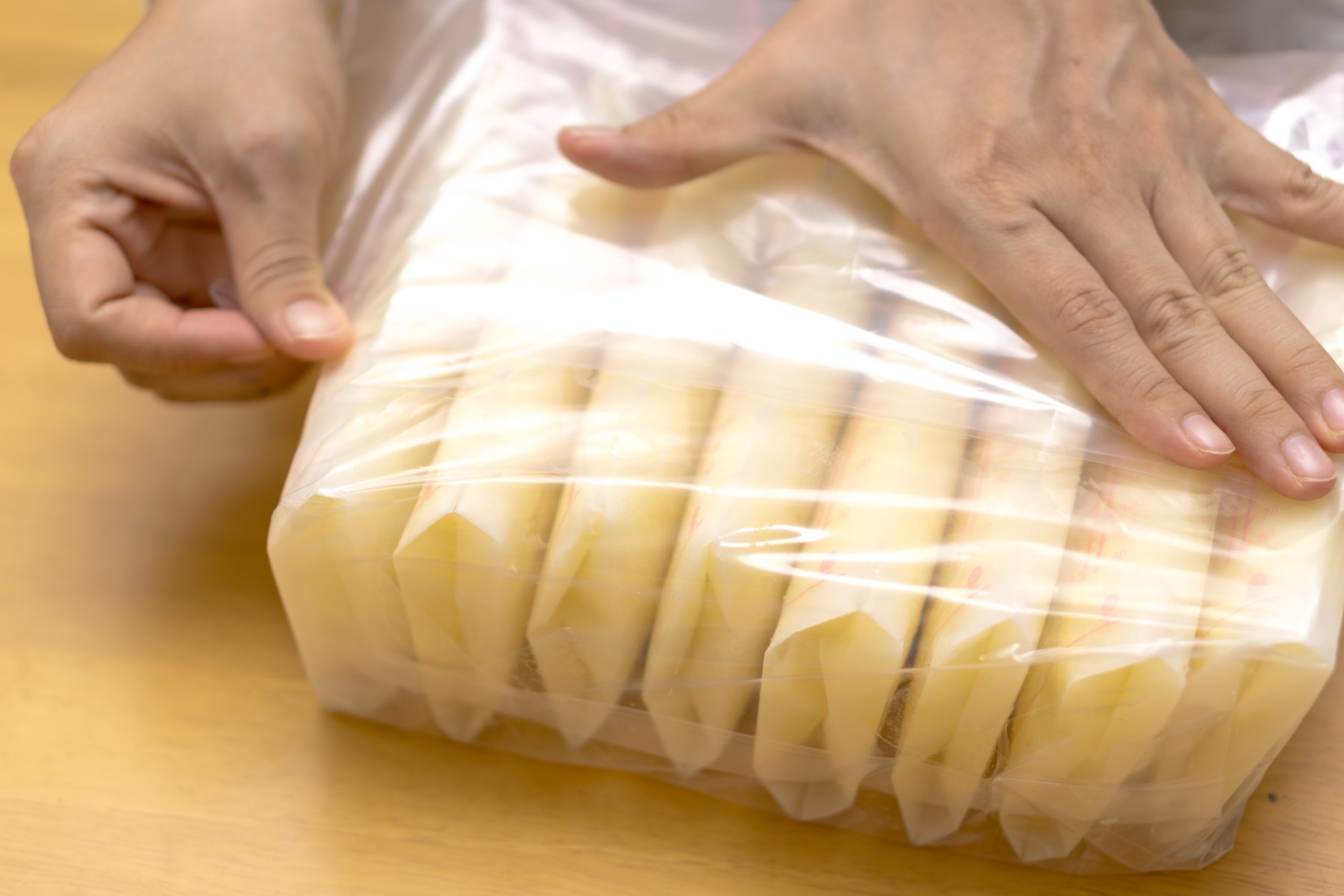
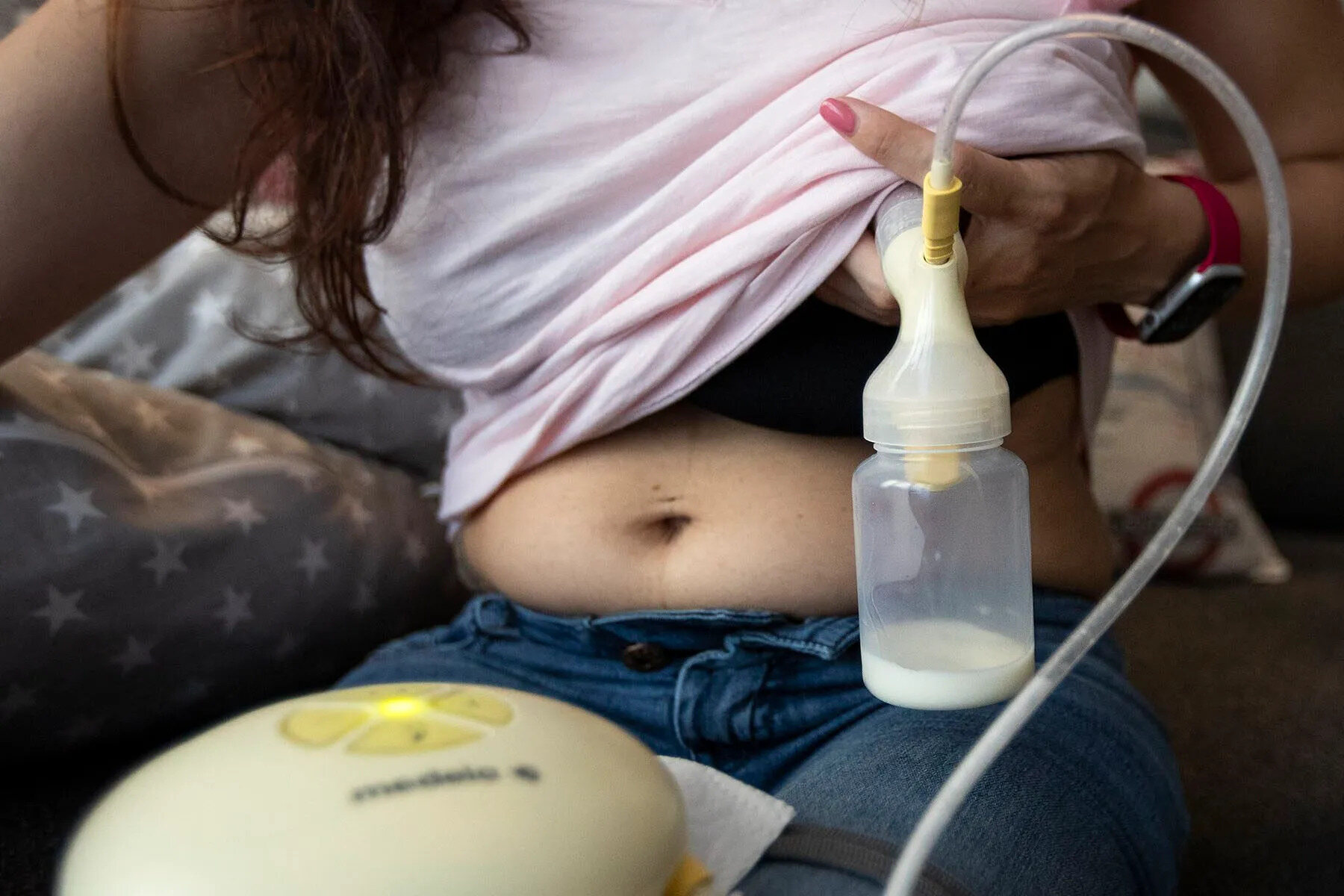
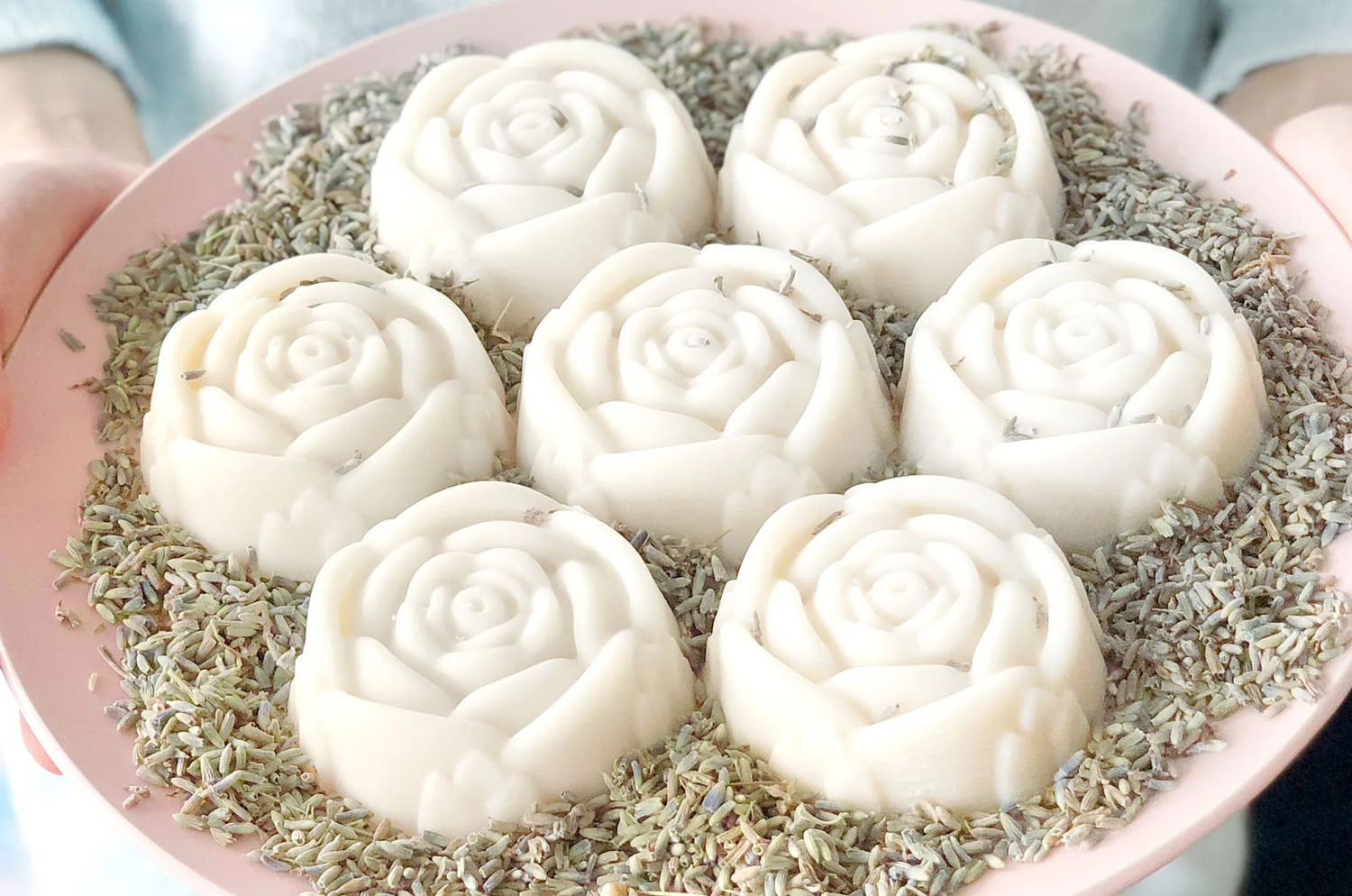
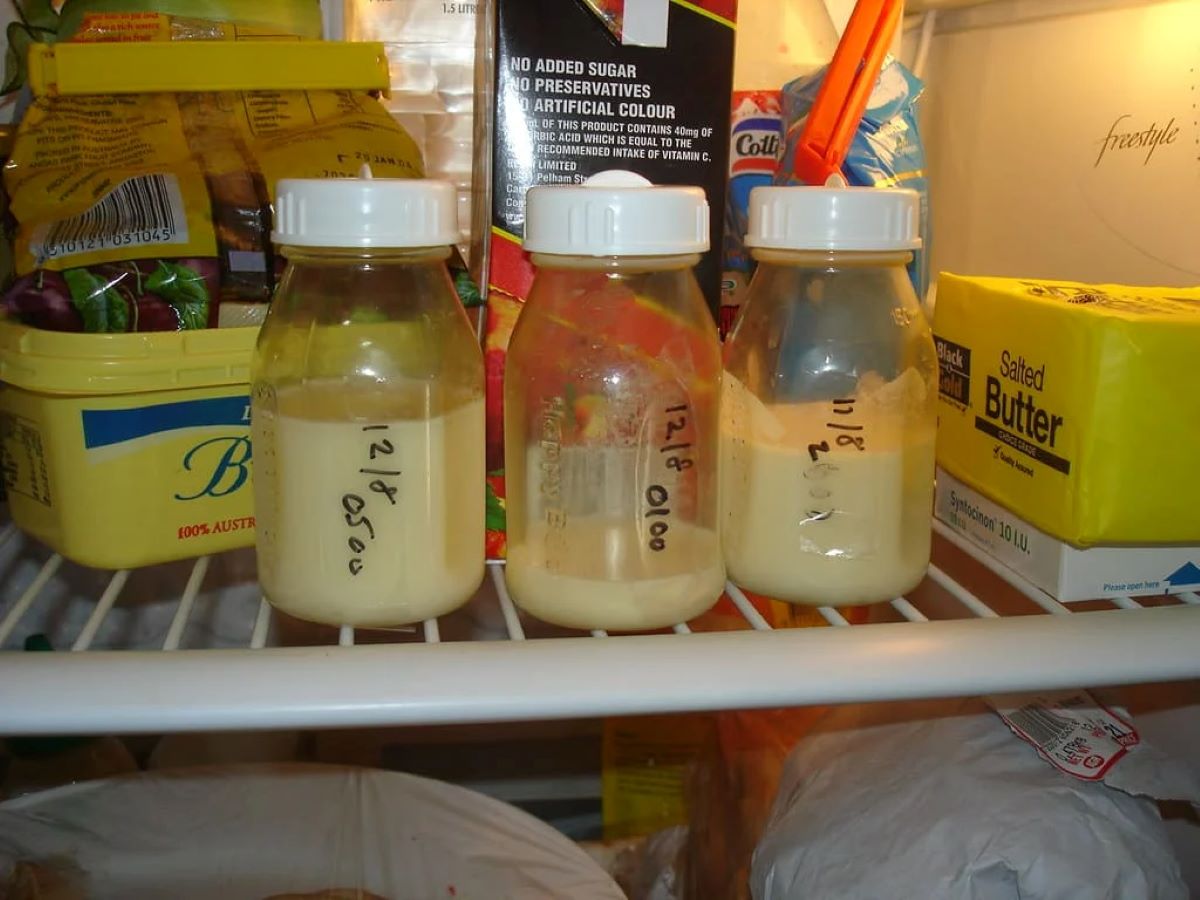
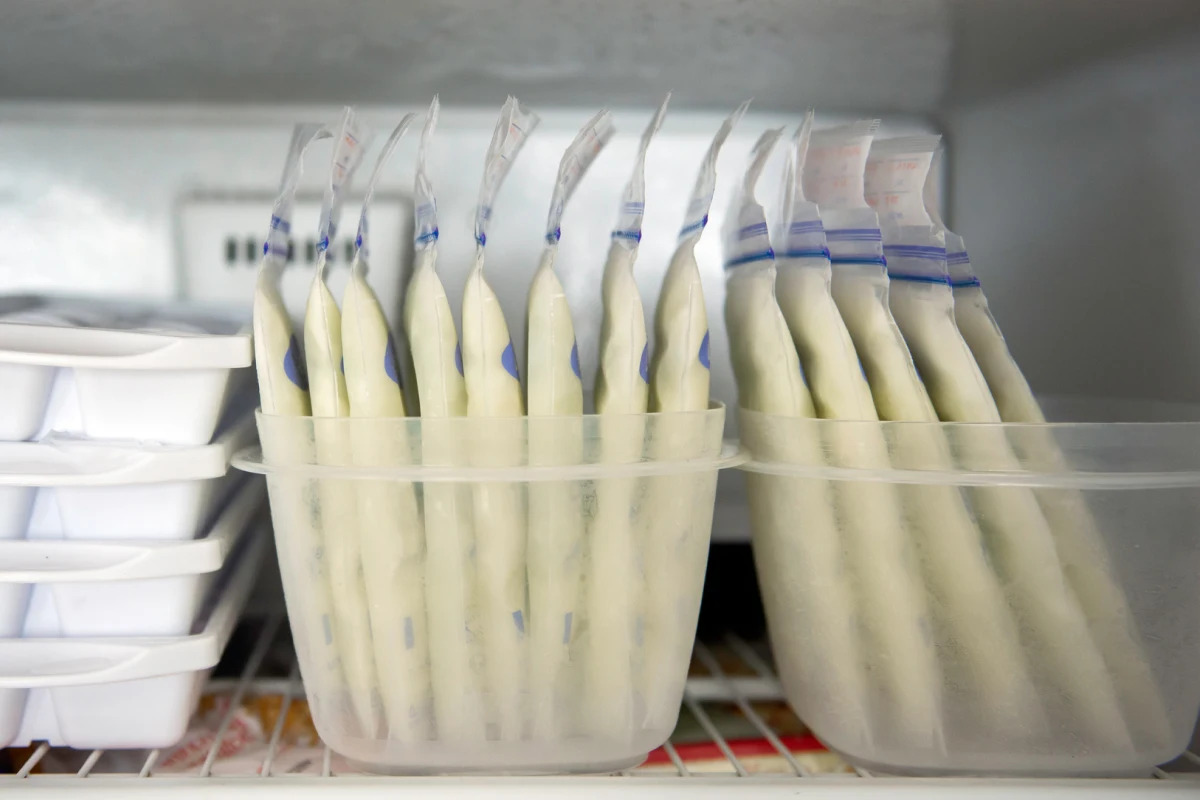
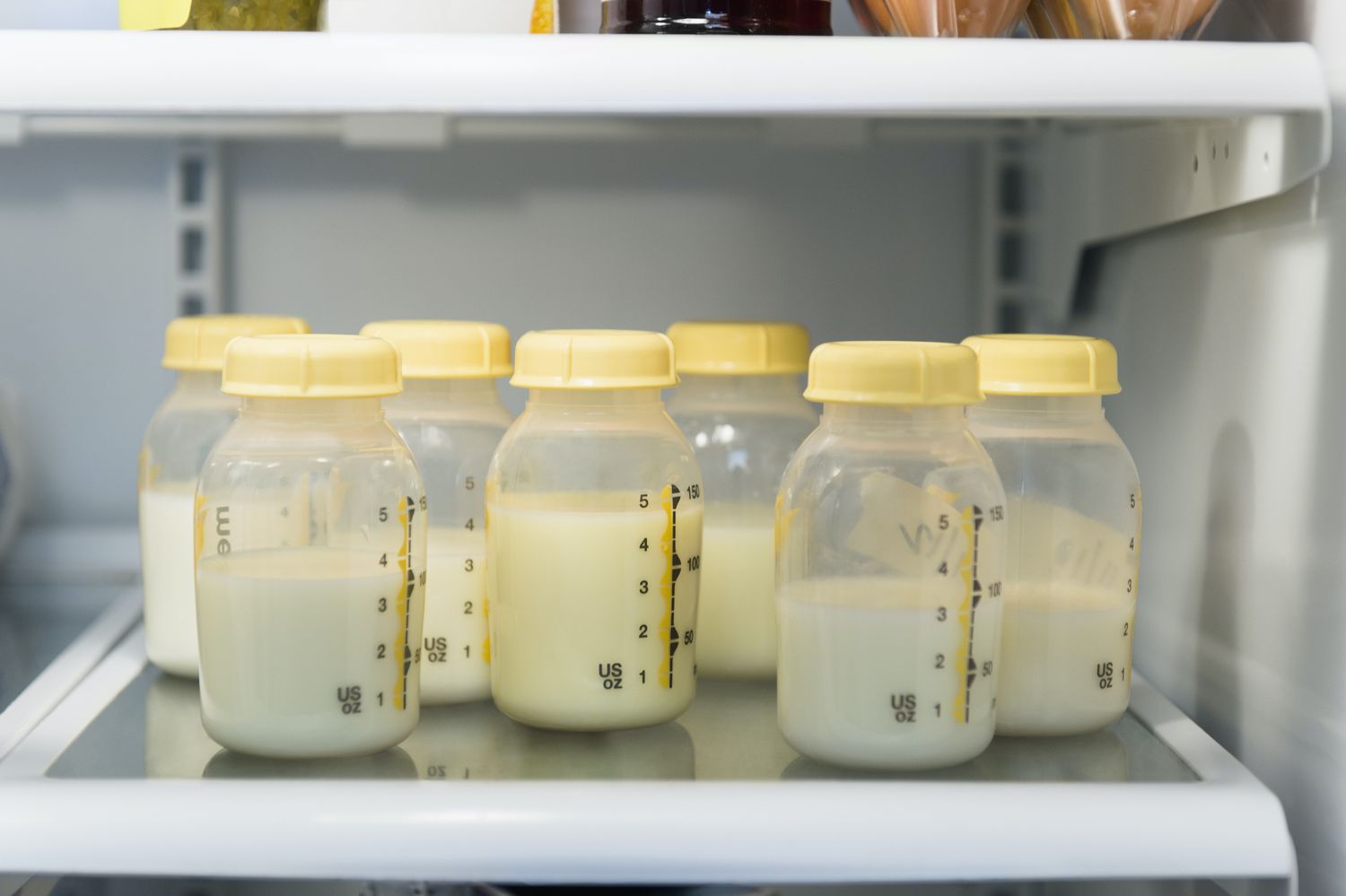
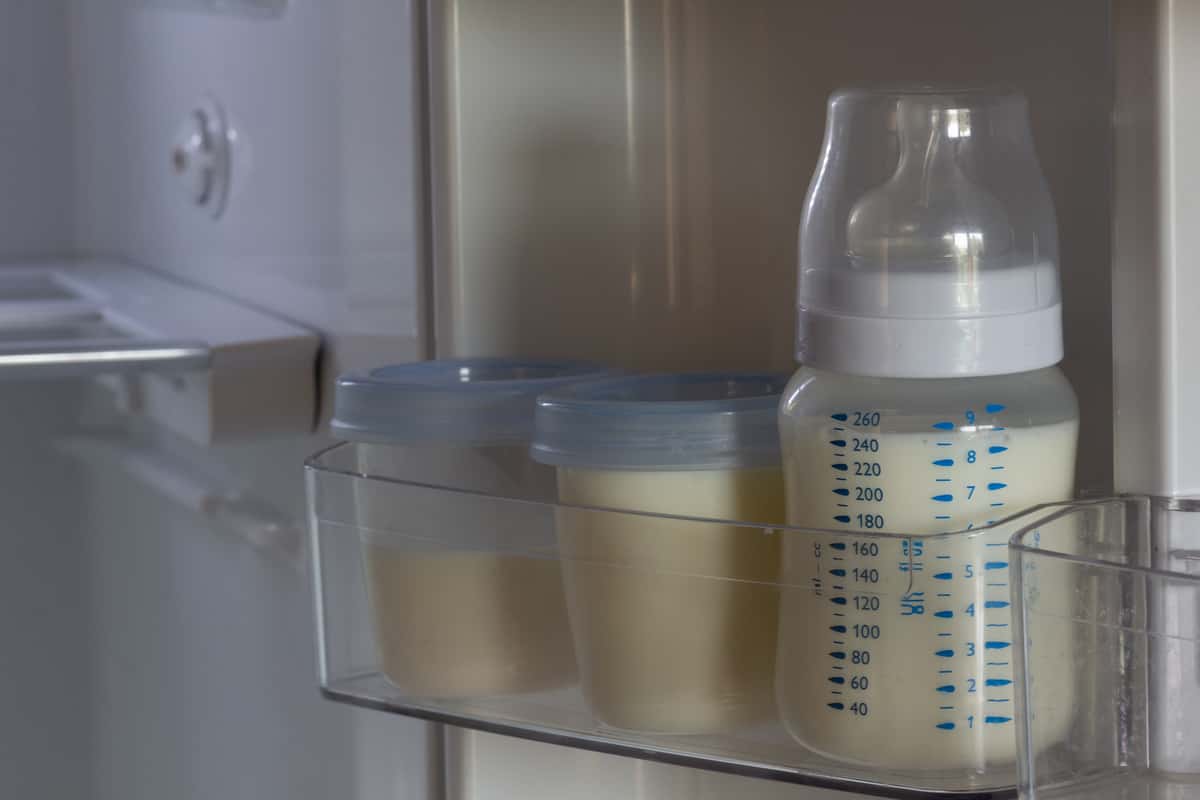
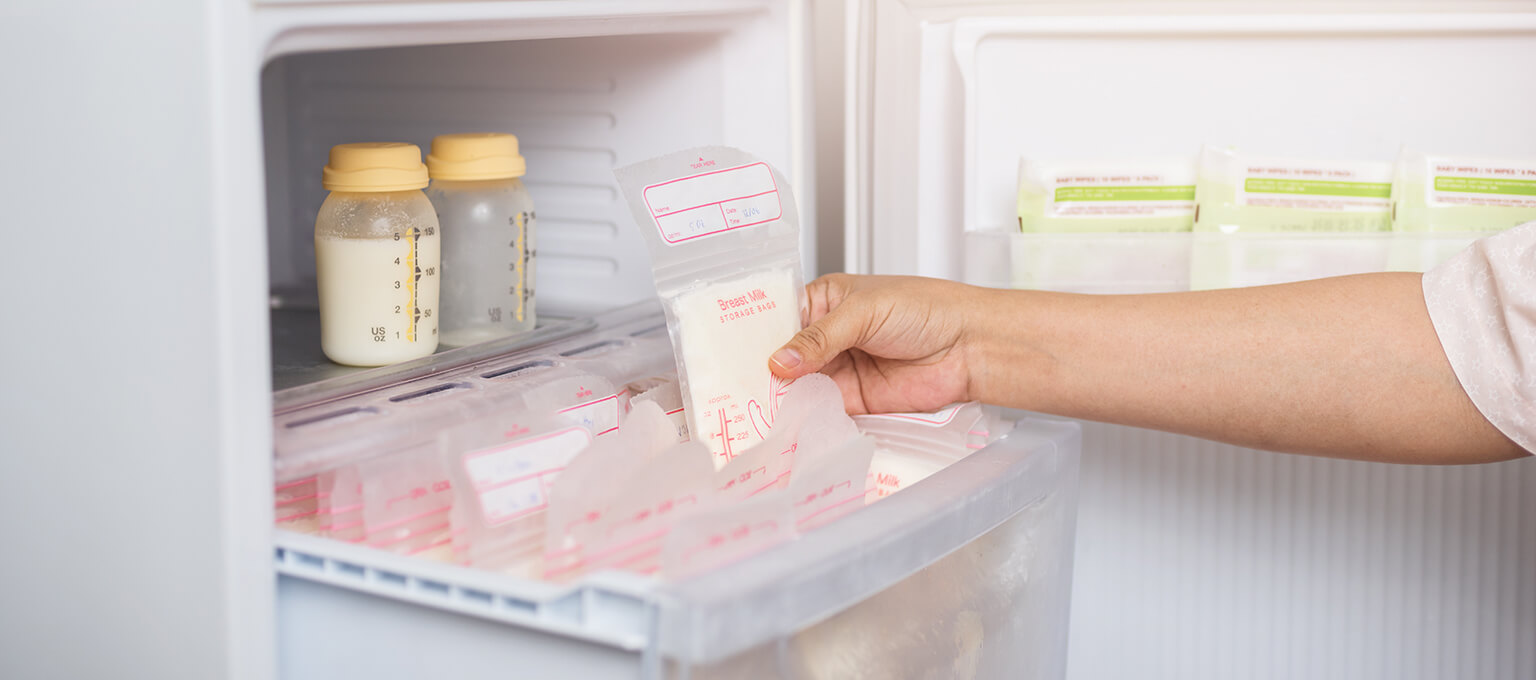
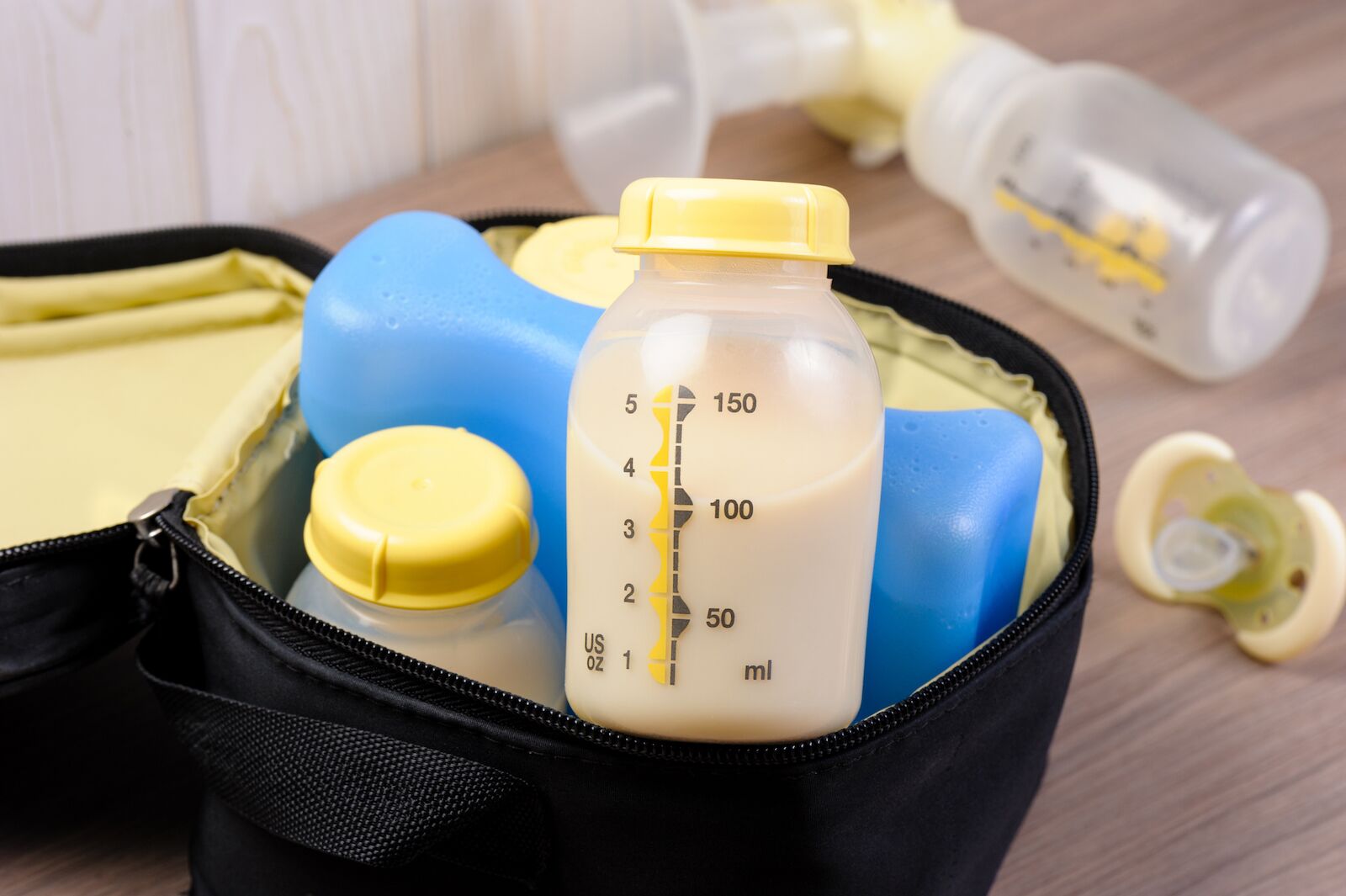
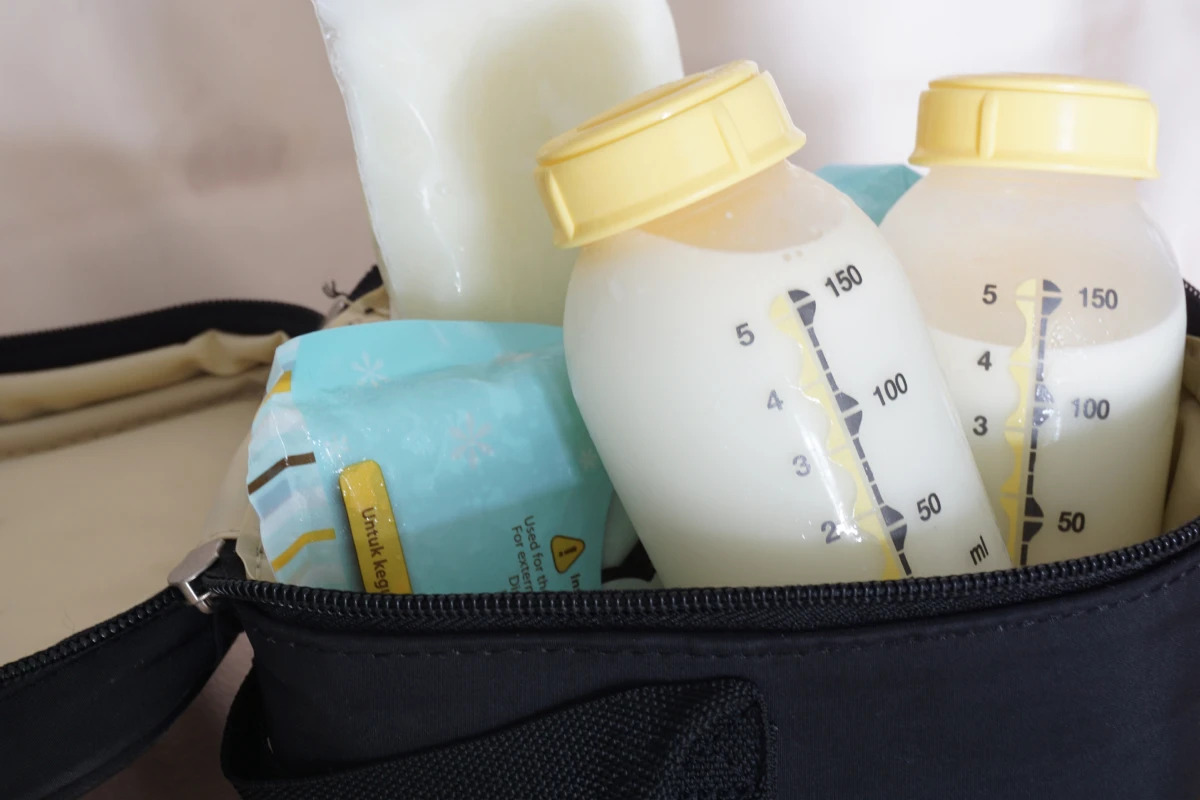


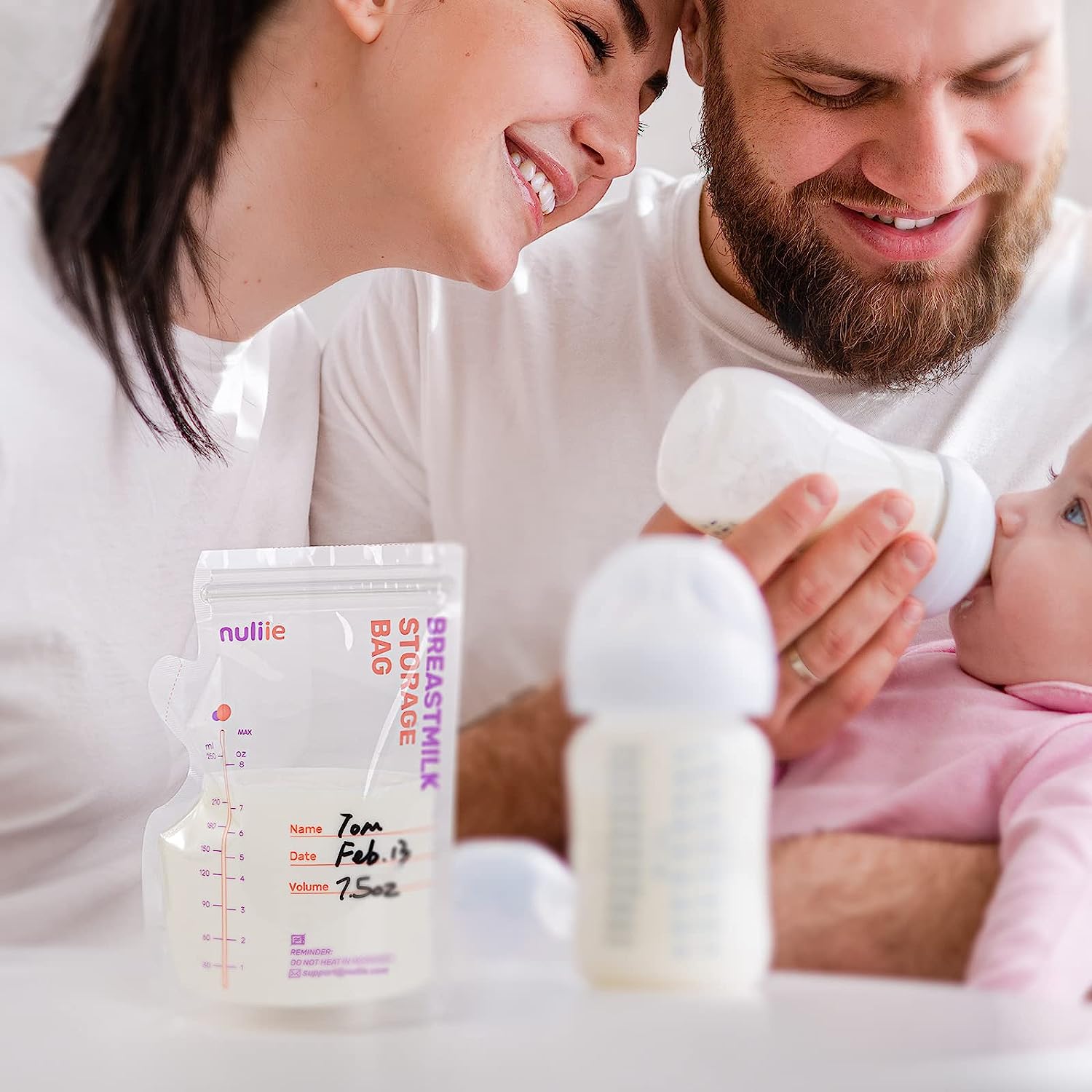

0 thoughts on “How To Organize Breast Milk In Freezer”